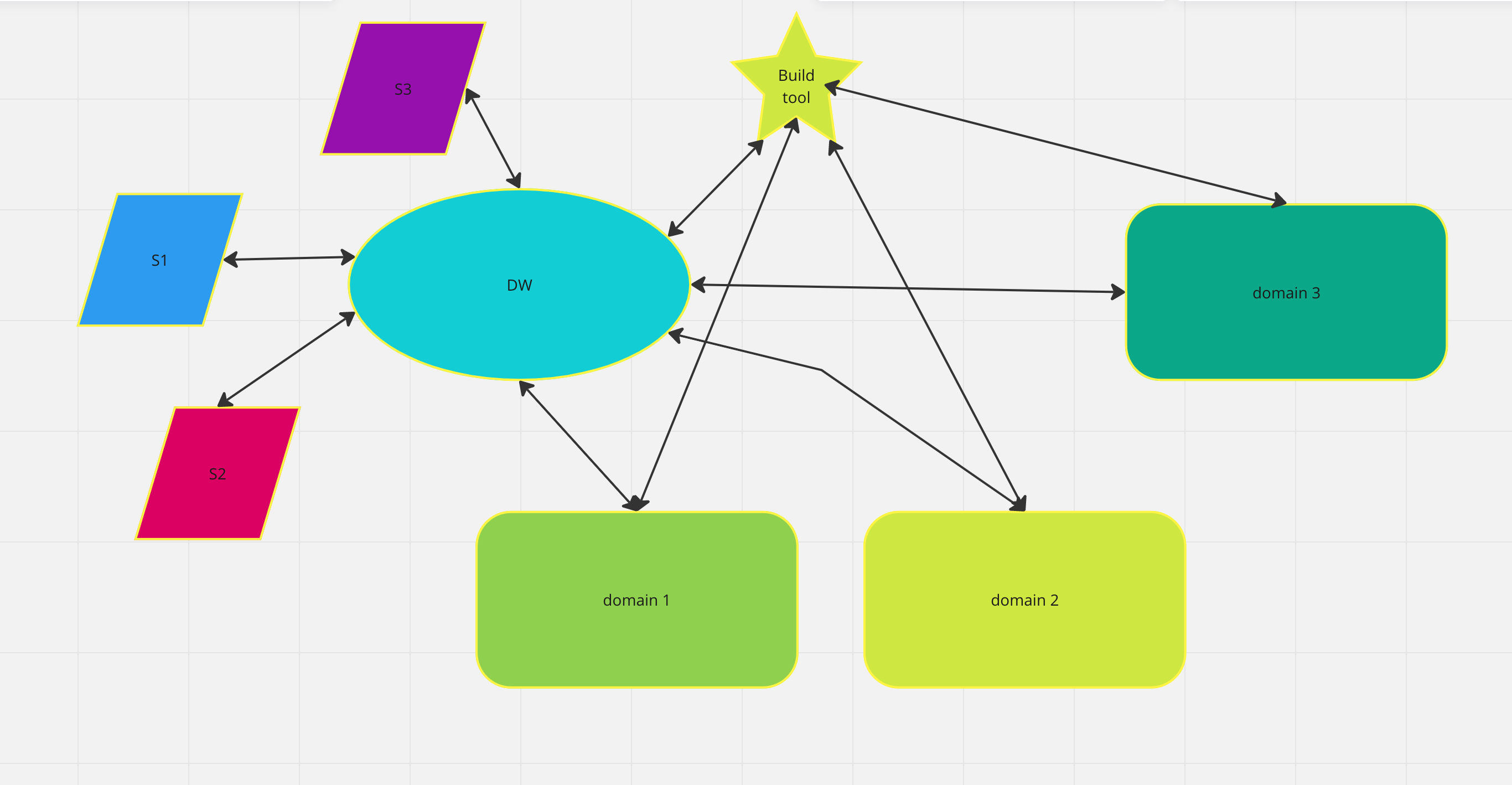Ford Motor Company, a global automotive giant with a history dating back to 1903, has been at the forefront of innovation and technology in the auto industry. In recent years, the company has been embracing machine learning as a key strategy for driving innovation and growth.
In 2018, Ford announced a $1 billion investment in Argo AI, an artificial intelligence (AI) startup focused on developing self-driving car technology. By leveraging machine learning, Ford is working to develop an autonomous driving system that can safely navigate the complex and unpredictable conditions of city driving. The company plans to have a commercial self-driving car available to the public by 2022.
Ford has also been using machine learning to improve manufacturing efficiency and quality. In partnership with Siemens, Ford has been able to use machine learning to optimize production lines, improving efficiency, and reducing waste. By analyzing vast amounts of data, Ford has been able to identify areas where it can make improvements and develop new strategies to streamline its manufacturing processes.
Another area where Ford has been leveraging machine learning is in the development of new products. The company is using machine learning algorithms to analyze customer feedback, social media posts, and other data to gain insights into what consumers are looking for in their cars. By using these insights, Ford is able to develop products that better meet the needs and preferences of its customers.
Ford Motor Company used machine learning to develop the Mustang Mach-E, the company’s first all-electric vehicle. The Mustang Mach-E was introduced in 2020 as part of Ford’s broader strategy to reduce its carbon footprint and shift towards electric vehicles. The use of machine learning allowed Ford to optimize the design and performance of the vehicle while reducing development time and costs.
One of the primary ways that machine learning was used in the development of the Mustang Mach-E was through virtual testing. Traditionally, automotive manufacturers would need to build physical prototypes of their vehicles and test them in real-world conditions to ensure they meet safety and performance standards. This process is time-consuming and expensive, as it requires the production of multiple physical prototypes.
By contrast, virtual testing allows automotive manufacturers to simulate real-world conditions in a virtual environment. This enables engineers to quickly and efficiently test different designs and configurations and identify potential issues before a physical prototype is ever built.
Another way that Ford used machine learning in the development of the Mustang Mach-E was through the use of sensors and data analysis. The vehicle is equipped with a variety of sensors that capture data on driving conditions, performance, and user behavior. This data is analyzed using machine learning algorithms to optimize the vehicle’s performance and provide insights into user behavior.
For example, the Mustang Mach-E is equipped with an intelligent range feature that uses machine learning to provide more accurate estimates of the vehicle’s range based on factors such as driving style and weather conditions. This feature allows drivers to more accurately plan their routes and helps to alleviate range anxiety, one of the primary concerns of electric vehicle drivers.
Ford has also used machine learning to improve the efficiency of the manufacturing process for the Mustang Mach-E. By analyzing data from sensors and other sources, Ford has been able to optimize the production process and reduce waste. This has resulted in a more efficient and sustainable manufacturing process.
Overall, the use of machine learning has allowed Ford to optimize the design and performance of the Mustang Mach-E while reducing development time and costs. It has also helped to improve the efficiency of the manufacturing process and provide valuable insights into user behavior. As Ford continues to shift towards electric vehicles and reduce its carbon footprint, the use of machine learning is likely to play an increasingly important role in the development of new vehicles.
Sources:
- Ford Motor Company. (2021). Ford and Argo AI unveil next-generation self-driving test vehicle, coming in 2022. https://media.ford.com/content/fordmedia/fna/us/en/news/2021/02/10/ford-and-argo-ai-unveil-next-generation-self-driving-test-vehicle.html
- Siemens. (2019). Ford and Siemens team up to improve manufacturing efficiency and quality. https://new.siemens.com/us/en/company/stories/industry/ford-and-siemens-team-up-to-improve-manufacturing-efficiency-and-quality.html
- Ford Motor Company. (2021). Mustang Mach-E: Ford’s first all-electric SUV. https://www.ford.com/suvs/mach-e/2021/


